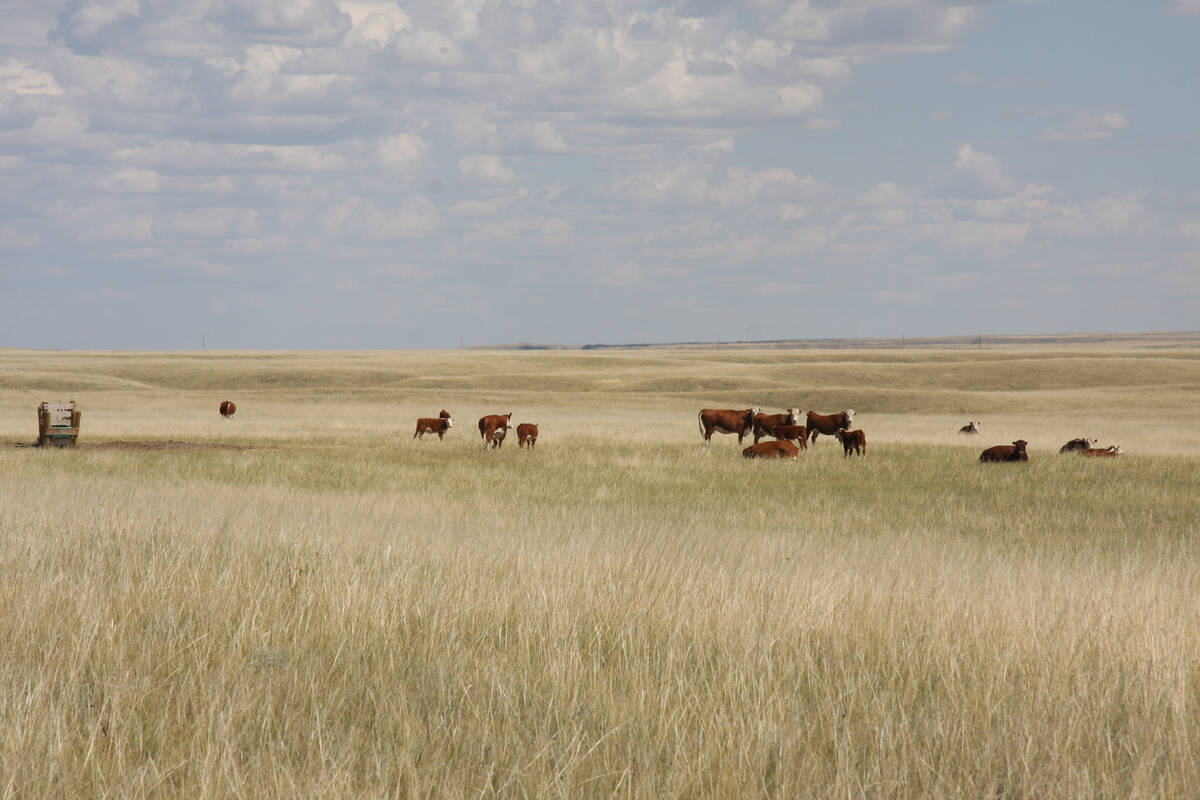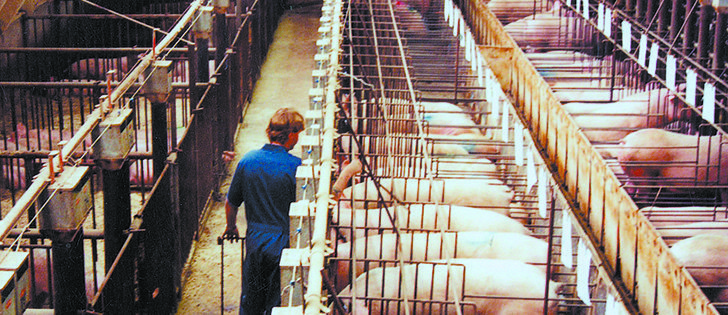If the final Canadian pig code doesn’t entirely eliminate tight confinement of sows, farmers will still have to fight the gestation crate battle in the future, says a leading animal rights group.
Until the practice of placing sows in narrow crates is ended even for the few days after insemination the gestation stall issue will continue to haunt the industry.
“It’s not going to make the issue of gestation crates go away,” said Sayara Thurston, the lead campaigner for Humane Society International, Canada, in an interview.
Read Also

Conservation groups enter grazing lease debate
The Municipal District of Taber in southern Alberta remains at a political crossroads, weighing the interests of generating revenue for public services with conserving native grasslands.
“Keeping an animal confined to the point where she can’t even move for five weeks at a time, when it’s not justified by science, presents huge welfare concerns.”
Activist groups like HSI are pleased by the draft pig code’s many modifications of formerly approved animal housing and handling practices and Thurston said HSI will praise the general shape of the final code even if it is unchanged from present. But if the gestation crate allowance is maintained for an up to 35 day period post insemination, the issue will continue to be fought, she said.
Thurston said some individual housing of inseminated sows might be justified for limited periods, but her organization says that doesn’t justify the kinds of crates used today that are so narrow the sow can’t turn around.
“There may be certain times where it’s necessary to keep an animal individually housed for smaller amounts of time, but that’s not to say that that animal shouldn’t be given a full range of movement,” said Thurston.
“There’s no need to confine her to the point where she can’t turn around. There’s no scientific justification to keeping an animal confined to that point.”
The draft pig code triggered an avalanche of public response with its proposed elimination of gestation stalls by 2024, and a ban on stalls in new barns.
Some farmers have argued against any mandatory ending of gestation stalls, which they say are humane and acceptable.
Others are against firm deadlines to phase out old barns, saying that ties farmers to huge financial commitments years away that they can’t necessarily meet.
Other farmers believe the change is virtually inevitable and plan to employ open housing as they replace old barns in coming years.
In Canada and the United States, some major hog production companies have declared goals of becoming gestation stall free, with some like Smithfield Foods already most of the way through converting existing facilities.
The pig code committee has just entered the process of wading through the thousands of submissions received during the comment process.
















